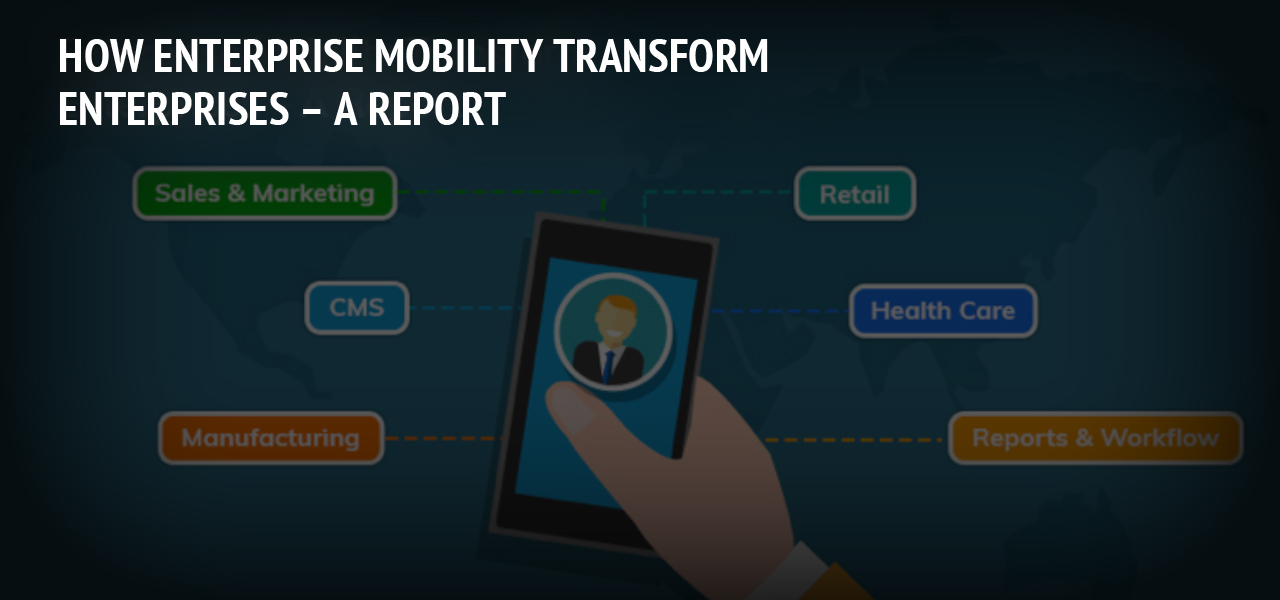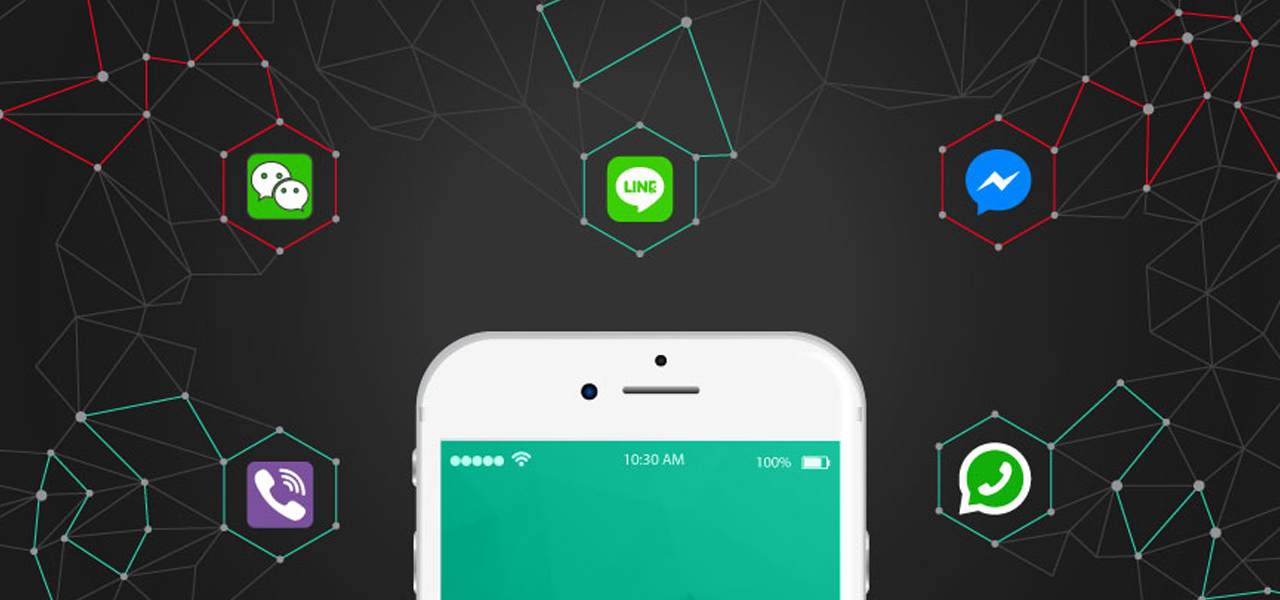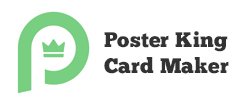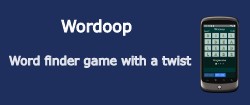Four Ways to Prepare Yourself for Developing an App
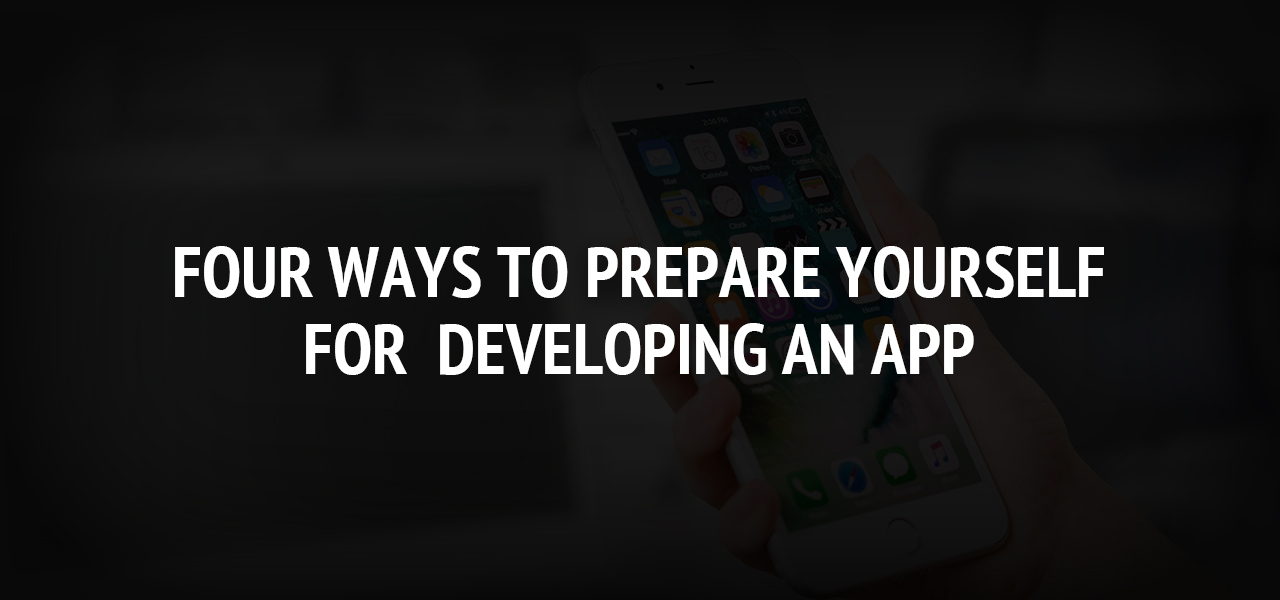
You have an excellent idea for an app, and you are positive that many people who would find your app useful. You are ready to dive in headfirst and start developing your app.
However, before you enthusiastically start writing code, there are four steps that you need to take to increase your chances of creating a great app with fewer setbacks along the way.
Identify Your Competition
You may think that your idea is unique in all aspects, and it may be. However, according to Statista, as of the fourth quarter of 2019, there were almost 2.6 million apps available in the Apple, Windows, and Google Play stores.
Therefore, it is possible that some of the existing apps share at least a few similarities with the one you are planning.
Whether your app is purely for entertainment or designed to solve a problem, you need to look at apps that could compete with it.
You can start by conducting a Google search to find direct competitors or identify apps that share relevant features.
- Who is marketing the competing app? What is their marketing strategy?
- What are users reporting on social media or in the app's reviews? According to the users, what are the app's strengths and weaknesses?
- How can you improve on the apps offered by the competition? Can you add more functions, improve the graphics, or reduce the app's size?
- How much success has your competitor had with the app? How many people have purchased or installed the app? What is its current version? When was it last updated?
By studying the competition, you will be in a better position to create a clear, unique approach to designing your app.
Create a Blueprint
Start putting your ideas on paper. All you need at this stage is a notepad and a pencil.
- List all the elements that you would like to include in your app. Divide this list into two groups. The first group should list all the features required to make your app functional. The second group should contain non essential features that would be nice to include.
- Identify the one feature that provides a unique selling point. Remember that a great app performs one task exceptionally well.
- Prioritize your list of nonessential features. If any features will make the app load slowly, slow down the build, or make the app too large or bloated to provide a good experience for the user, assign them a low priority or eliminate them. You can always add new features when you release your next version.
- Sketch a map of your app. You can draw boxes and label them with the features. Use lines to indicate how users will navigate the app, the connections between features and the underlying code, and the connections to your back-end processes, including your analytics.
- Now that you know what you want to include in your app, evaluate your resources. What is your budget? What are your staffing issues? Can you devote your complete attention to developing the app?
- Based on the above information, define your timeline. Be sure to include milestones to make it easier for you to tell whether you are progressing as planned.
Prepare Your Computer
Before you start developing your app, make sure that your computer is up to the task.
If you have a Windows PC, you might want to consider tuning it up by detecting what might be slowing it down so that you can correct the problems. This can save you time and frustration during your development.
You will also need to ensure that you have sufficient space on your hard drive for multiple copies of your project.
You should also have a plan for backing up your computer to either an external device or the cloud. The last thing you want is all your hard work to get wiped out through equipment malfunction.
Decide on the Platform
One critical decision is deciding whether you want a web, native, or hybrid app. There are advantages and disadvantages to each.
- Native apps work best for gaming, videos, or other heavy-duty tasks. However, although native apps are easily found through the app stores, they also tend to have the highest development costs.
- Web apps are quick and economical, but users cannot download them to their own devices. They cannot be amplified through the app stores, but any updates you make are instantaneous. Since web apps cannot access the device's native abilities, they are unsuitable for many purposes.
- Hybrid apps combine the best features of native and web apps. The code base is the same, they can access the device's features, and they can live in both the Apple and Android app stores. Furthermore, they are ideal for the purposes and goals of most apps.
The next step is to decide whether you want your app to appear in the Apple app store, the Google app store, or both. Apple and Google have different guidelines, but they also tend to have differences in their users.
Android is more popular in South America, China, Russia, Central America, Africa, India, and Eastern Europe. In Canada, the United States, Japan, Western Europe, and Australia, iOS is more popular. Therefore, you should consider where most of your users will be based.
Apple imposes strict limits on navigation options. Google simply wants navigation to be obvious.
Google prefers animations that enliven and enhance the design and the user's experience. Apple views animation as a utility that should be unobtrusive and simple.
It is often faster to get an app approved by Google, but Apple is better at explaining the reasons for rejection.
Before making a final decision, review the guidelines for each platform. For Apple, use the Human Interface Guidelines, and for Google, use the Material Design Guidelines.
In the end, however, your decision should be based on the specific functionality of your app and the demands of your users.
Closing Thoughts
Whether you are landscaping a garden, painting a house, or developing an app, everything goes smoother with a little preparation. Preparation can help eliminate delays and mitigate your stress during the development stage.
Furthermore, the planning and preparation you do now could impact the ease with which you can handle your future versions.
About The Author
Related Blog
View All-
How Enterprise Mobility Transform Enterprises – A Report
Enterprise mobility, as well as customer centricity themes, have been rapidly invading the enterprises in order to boost their business productivity along with agility for quite a long time. The initial adoptions of both digitization, as well as workflow modernization, ...
-
Gaming Keeps Us Using Messenger Apps
There are hundreds of different messenger apps out there that people use every single day, each offering a little something different with the aim of standing out in a very competitive market. Today, messaging apps do so much more than just let the user send a ...


